Wili Wood, a kalo farmer in Honokohau, discovered a possibly undocumented variety of kalo in Honokohua Stream above DT Flemings Beach Park seven years ago.
While he was walking through the forest with his friend, Kapule Eubank, he noticed a plant sticking out of a few rocks near the stream of Honokohua and took it back to his kalo farm in Honokohau Valley.
Wood had been studying the different types of kalo for almost a decade, and did not recognize the characteristics of the new variation he had found.
Wood explained how this kalo got its name, ka pa‘aloa. During one of the First Friday’s in Wailuku Town, there was a pa‘i ‘ai pounding competition. Wood donated 100 pounds of ka pa‘aloa. There were many old time Hawaiians who participated in this competition.
They were given four minutes to pound two pounds of kalo. Four minutes was not enough time. After eight minutes, the kalo was still very lumpy. Everyone was given two more minutes to pound, and it was finally finished. Kapono‘ai Molitau, owner of the Wailuku Native Intelligence and Hawaiian practitioner, called it ka pa‘aloa when he saw how solid the kalo was when people were trying to ku‘i or pound it. Ka pa‘aloa means very firm or solid. Wood and his friends, Nameaaea Hoshino and Kai Keahi were there to witness what Molitau said and unofficially gave the kalo that name for the time being.
Wood passed out this variety statewide, mostly to family farmers and to Jerry Konanui, renowned kalo expert of Hawai‘i. After he grew the kalo for six to eight months, Konanui said “ka pa‘aloa sounds good to me,” agreeing that this name fit the variety perfectly. Konanui has been growing ka pa‘aloa for three years now.
Penny Levin, a kalo researcher and member of the Taro Security and Purity Task Force, has been interviewing Wood and studying the characteristics of ka pa‘aloa. The Taro Security and Purity Task Force was created by the Office of Hawaiian Affairs and Former Governor Linda Lingle in 2008. Its purpose is to “protect and perpetuate kalo and kalo cultivation, to guide taro-related policy and research, and to support the economic, social and cultural viability of existing and future taro farmers and taro farming communities in Hawaii,” according to Ms. Levin (in a correction to this article dated 3/3/03). Ms. Levin looks for new and old, undocumented kalo varieties.
It is not certain if ka pa‘aloa is native to Hawai‘i or if it was introduced to the valley in the 1960s and 70s through immigrant camps.
Levin has been studying the variety and is trying to match up old descriptions of varieties to ka pa‘aloa. If she does find an exact match between old characteristic descriptions and the characteristics of ka pa‘aloa, she hopes to publish the information in the Hawai ‘i Agricultural Experiment Station of the University of Hawaii Bulletin No. 84.
If ka pa‘aloa does not match with any characteristics, Levin would publish that in the “unidentified section” of Bulletin No. 84.
(This article contains updated information denoted by italics above.)

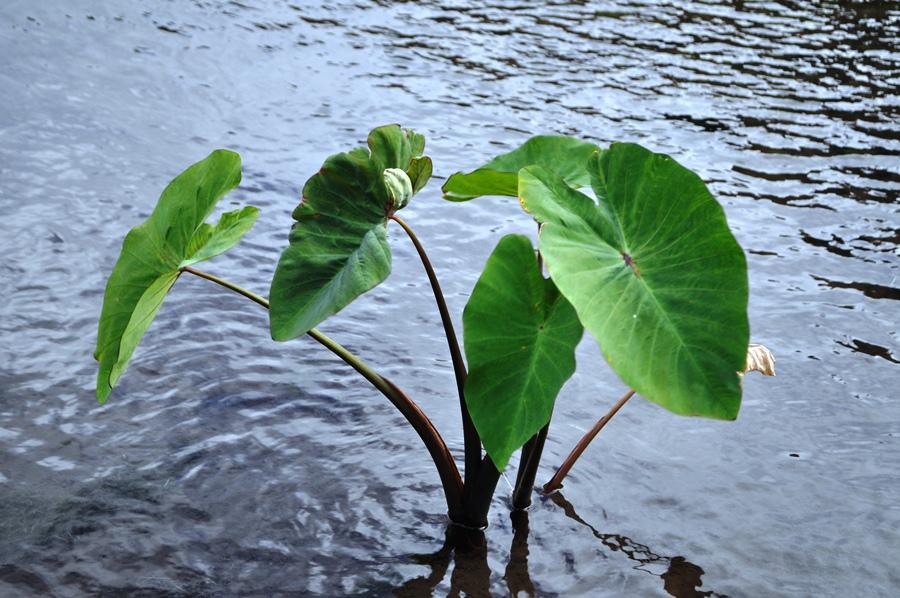

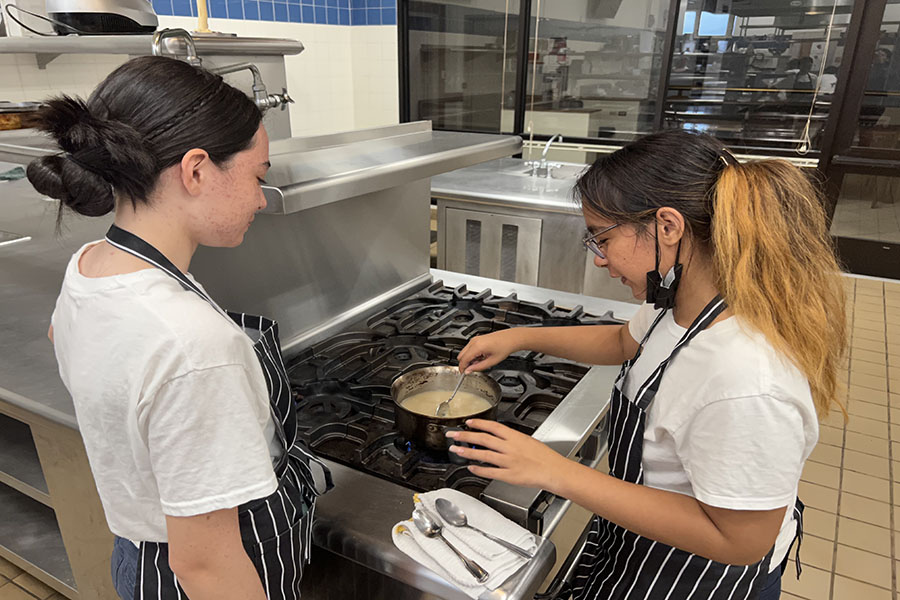



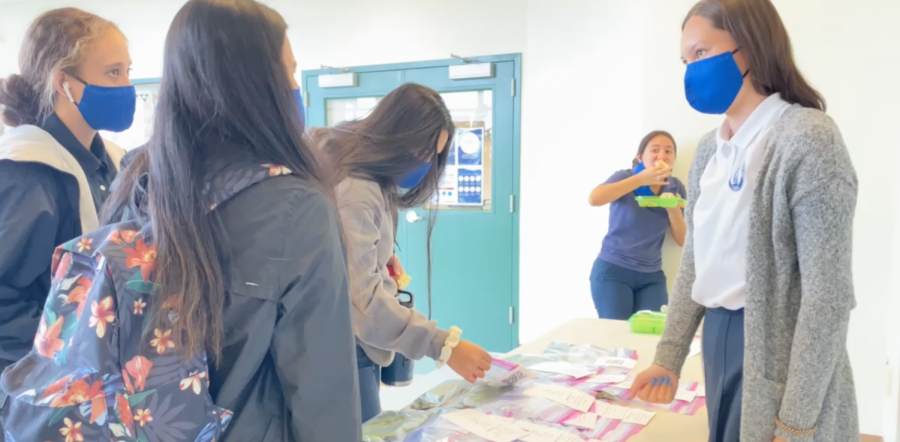

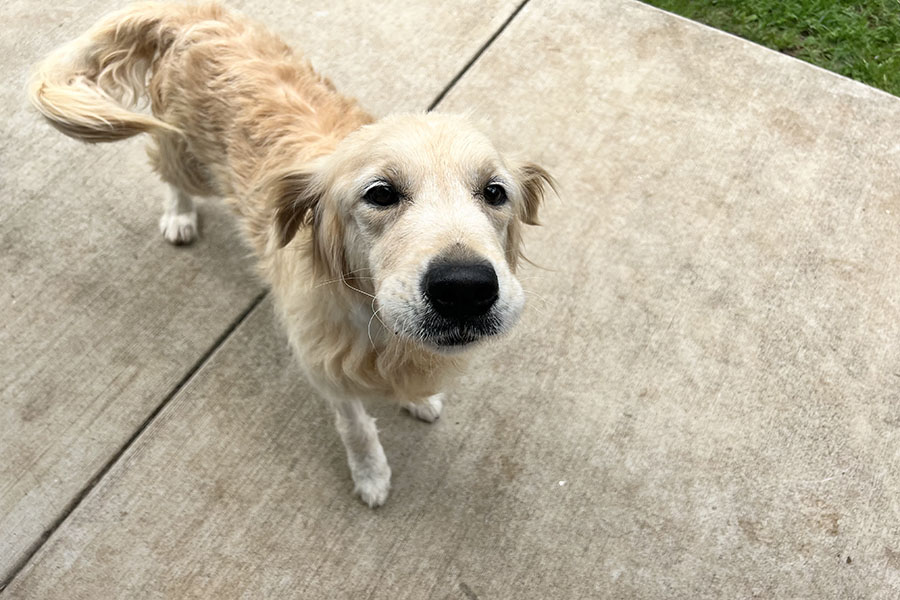
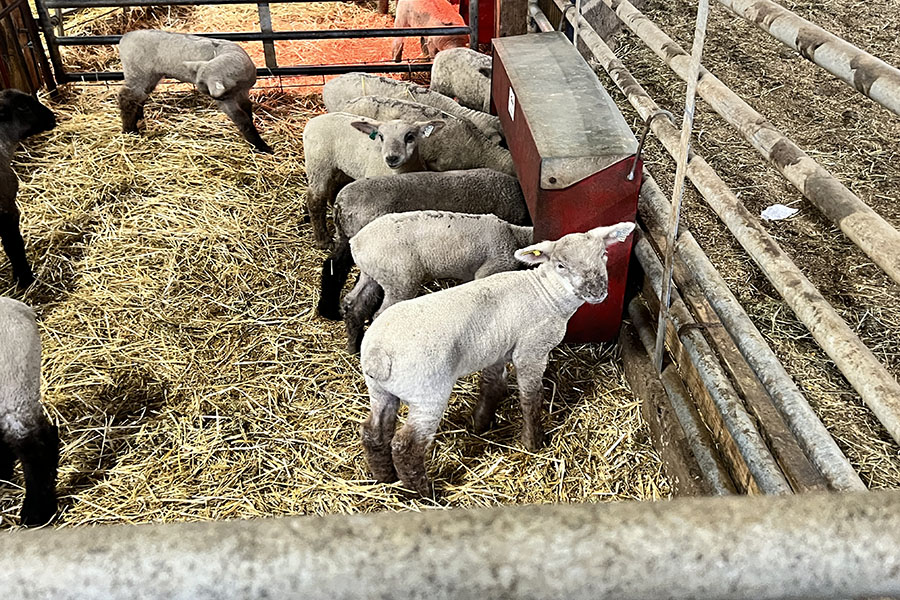



Penny Levin • Mar 3, 2013 at 12:08 am
Aloha;
E kala mai, I never saw this article before it was printed. The purpose of the taro task force is not as described, but rather, to protect and perpetuate kalo and kalo cultivation, to guide taro-related policy and research, and to support the economic, social and cultural viability of existing and future taro farmers and taro farming communities in Hawaii. Revision of Bulletin 84 and the identification and verification of kalo cultivars is a collaboration of many, many people.
mahalo.
Penny Levin